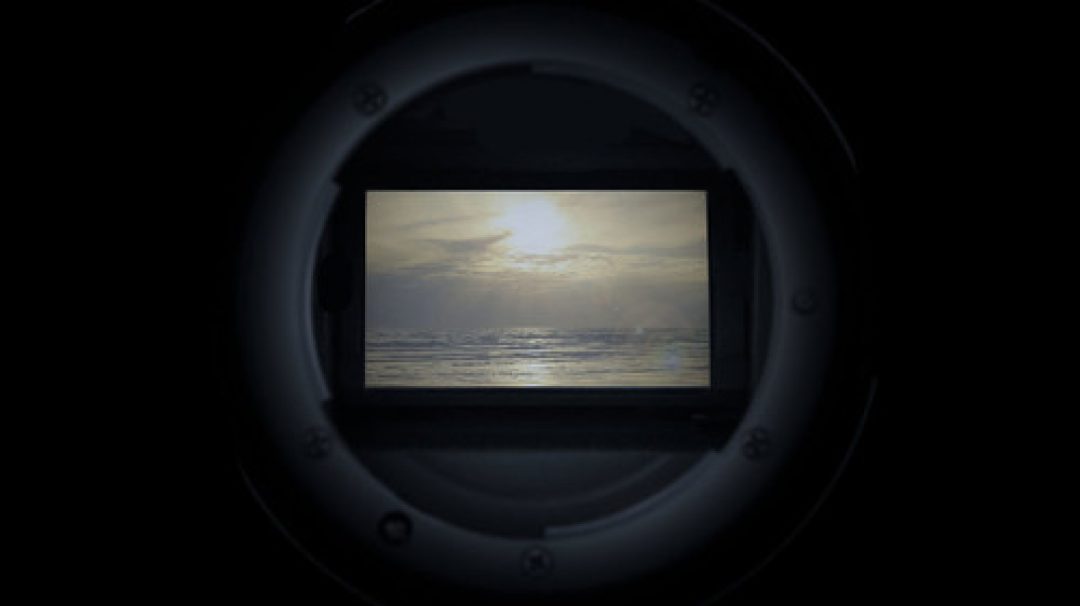
The Quest for Full Frame: Is it worth it? – Part I | Mirrorlessons
Full Frame: these two words put together make lots of photographers happy. Immediately we think of gorgeous image quality, beautiful shallow depth of field, exceptional dynamic range and great low-light performance. But technical specifications aside, what are the real benefits of using a Full Frame camera and what are the reasons to choose one? To begin, let’s explain what we mean by a Full Frame camera for those unfamiliar with the term. Full frame terminology refers to the 35mm film that we were used to on most film cameras. A full frame digital sensor matches the same dimensions of a 35mm film frame. As with digital today, back in the days of film there were already different sizes. The 35mm format was the most common, then there was also the medium format and the half frame used by the original Olympus Pen. Without digging into all the film formats available, we can simplify by saying that sensor size is today what film size was back then. When the first digital cameras were released, sensors were smaller than the 35mm format. The first full frame DSLRs were the Contax N and the Canon EOS 1Ds, which were released in 2002. On the “mirrorless” side, the first interchangeable-lens full frame camera came from Leica, the M9…….
mirrorless systems | Nino LeitnerNext article Fuji X-E2 review | Better than X-E1? | Techradar
